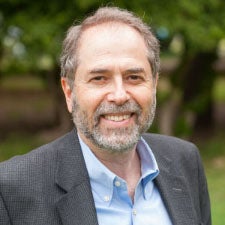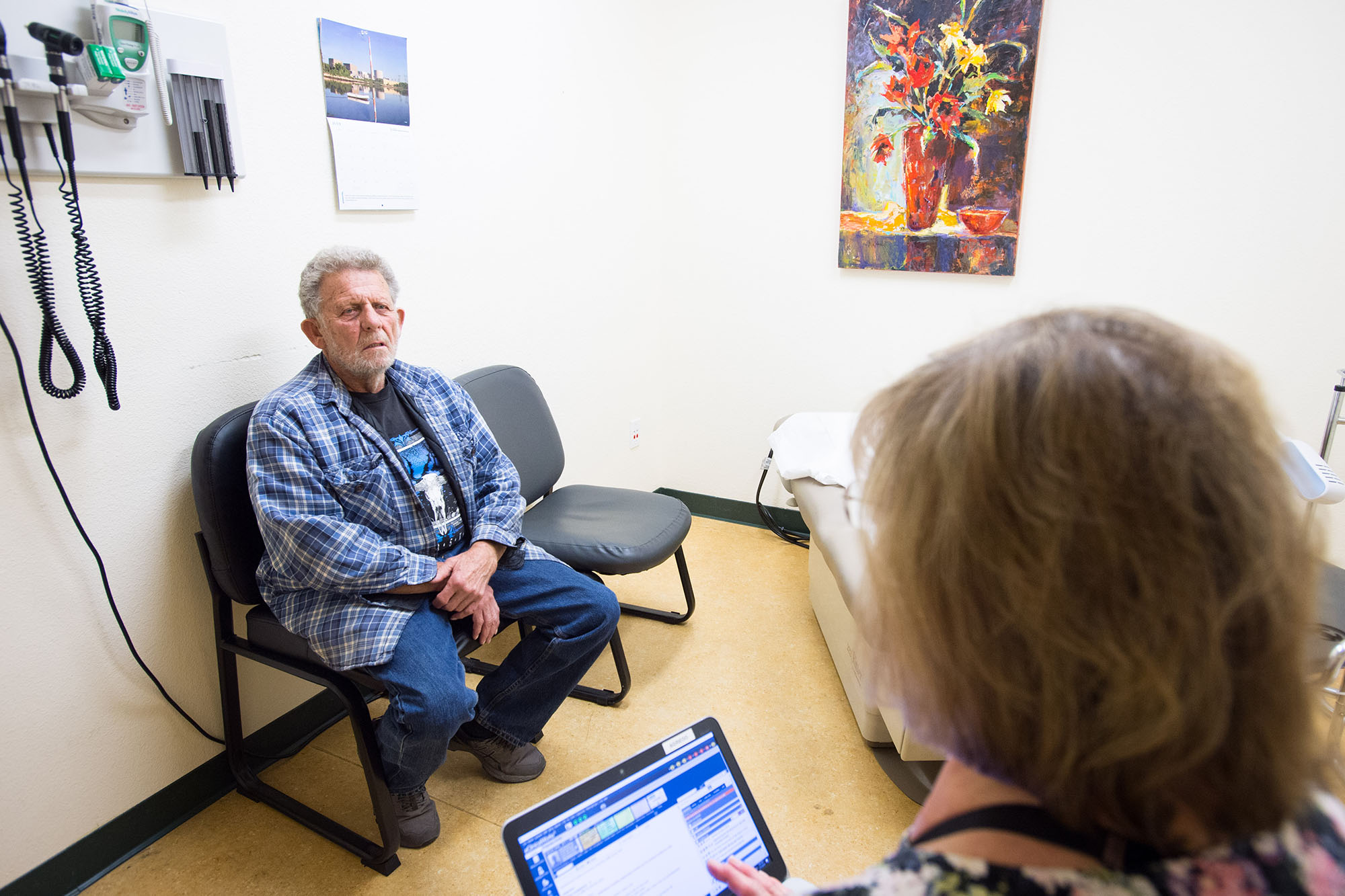The California Health Care Foundation supports health care journalism to serve the information needs of policymakers, health industry leaders, and the public. In 1999, CHCF launched the daily newsletter California Healthline (CHL) to produce original coverage and to aggregate the best health journalism from other media outlets. One of the many superb journalists who have worked for California Healthline is Dan Diamond, who wrote for the publication from 2010 to 2015. For more than two years he has been POLITICO’s daily “Pulse” columnist in Washington. Last year, Diamond and POLITICO reporting partner Rachana Pradhan used dogged investigative techniques to expose the US Department of Health and Human Services (HHS) Secretary Tom Price’s use of taxpayer-funded private jets. Because of their reporting, President Trump forced Price to resign and repay the government for a portion of the private jet costs. During a recent reporting trip to San Francisco, Diamond talked about the arc of his journalism career. This interview has been condensed and lightly edited for clarity.
Q. Your pathway to journalism was not a straight line. How did it unfold?
A. Growing up in Baltimore, I wanted to be a journalist and interned for the Baltimore Sun. Later I decided to attend the University of Pennsylvania in part for the great student newspaper. But after the terrorist attacks on 9/11, I thought my calling was going to be representing the nation abroad. The juicy topic of the early 2000s was the global stage, and my focus was international policy. I applied to the US Foreign Service, which is what brought me to Washington. I was studying Chinese and thought I’d end up in China.

While I was awaiting the Foreign Service’s lengthy screening process, I got a job at the Advisory Board Co., a consultancy mostly for hospitals. The Advisory Board was an exciting place, and when the time came to move forward with the Foreign Service after passing the exams, I found I had fallen out of love with the nation’s changing foreign policy and fallen in love with the Advisory Board. I had started out as a telemarketer but got interested in the health care research products we were selling and moved to a research team. I later joined the news division to produce a health care finance newsletter. But my real jump to full-fledged journalist was an accident.
The Advisory Board was producing CHL every day through a contract with CHCF. We had a great editor who wrote a weekly column about the Affordable Care Act (ACA), and in 2010 he left the company. They asked me to write the column. It was a stretch role, and folks like CHCF’s Spencer Sherman and Marian Mulkey and the Advisory Board’s Amanda Wolfe were patient and supportive.
The headline on my first story had something to do with ignoring “the Elephant in the Room” — the elephant being hospitals’ market power and how the ACA and accountable care organizations were going to strengthen that market power. I remember sticking my tape recorder in [Urban Institute Fellow] Bob Berenson’s face and thinking, is this what it’s like to be a professional reporter?
As a hospital consultant, getting to cover sensitive topics like provider market power for CHL felt subversive but also necessary. Even though it wasn’t going to advance my career within the Advisory Board, CHL really put me on the map with other journalists.
Q. You are an enthusiastic user of Twitter with more than 100,000 followers. How has social media affected your work?
A. It’s been a massive boon. Charlie Ornstein, who led the Association of Health Care Journalists and has been a great reporter from ProPublica, found me on Twitter and cultivated me when I was just starting out at CHL. That’s how health reporters at Forbes and people like Ezra Klein discovered me. I’m sure if you asked my boss at POLITICO, Joanne Kenen, she would say my Twitter got me on her radar. It’s been enormously helpful.
Q. How is California perceived in Washington?
A. There are plenty of Democrats who look to California as a health care beacon that worked hard to expand coverage and invested quite a bit in its exchange — but also as a state with stark economic inequality, which makes the health care challenges harder. It’s a diverse state, and Northern California is so different from Southern California. Its uniqueness makes it hard for me to tell someone in Georgia that there are lessons to be learned in California. And there are Republicans who don’t think much of California at all. That’s manifest in the federal tax legislation that makes life harder [for taxpayers in high-cost blue states].
California has been incredibly progressive in its approach to health care. [PhRMA CEO] Steve Ubl said California is a model for the rest of the country — and he said that in a concerned way. He wants to stop California drug price controls, such as the ballot measure that would have capped how much state government pays for drugs, because other states would use it as a model and cut drug makers’ revenue.
Q. Is the ACA unsinkable?
A. It certainly seems to have nine lives. Every year that passes makes it that much harder to pull it out. Some Republicans realize this. Some have said it on the record, but they are more willing to say it behind closed doors.
A lot of the ACA’s hardiness isn’t about constituents, it’s about business. The industry has shifted — not just the individual insurance market rules but the implementation of value-based care too. It’s hard to rip that up after Kaiser Permanente and many others invested hundreds of millions — even billions — of dollars. Despite the fighting over the exchange market, a lot of the framework is probably going to persist.
The disconnect between the public imagination of the ACA and the actual law is one key reason why the Republicans can’t let go of this. Obamacare is totemic and symbolic of so many things beyond health care. It has the last president’s name in it. Longstanding frustrations over health care have accrued to the ACA because of political attacks. It will be interesting to see how long the Republicans continue to say that any problem you have with your health insurance in the private market is the fault of Obamacare. The days of that may be coming to an end.
Q. How long did it take Rachana and you to investigate Tom Price’s private jet travel?
A. Rachana got the first tip in May 2017, and it became an obsession for both of us. After some false starts, we started trying to track where he had flown, looking for appearances, photos, local write-ups. Unlike earlier administrations, HHS wasn’t sharing a lot of that information. Usually we found out Price’s whereabouts days after he had visited a place. For months, we felt like we were getting closer but still couldn’t get the information we needed.
Then Treasury Secretary Steve Mnuchin got in trouble for flying to Fort Knox with his wife, a location that happened to be in the path of the August 21 total solar eclipse. Questions were raised about whether that was a pleasure trip. That’s when Rachana and I really bore down and took things to the next level by compiling information, rattling our sources, and eventually staking out airports. I was living and breathing this every hour of the day. We built out our own calendar of Tom Price’s schedule, which I knew better than my own. He finally resigned under pressure on September 29 after spending more than $1 million in taxpayer money on charter jets.
Q. Why do you think the Price story resonated with the public?
A. Hypocrisy. Price had run for Congress on a platform of being fiscally responsible and had talked about cutting federal spending. At HHS he had signed off on a plan to impose massive cuts on the department, including the staff travel budget. Ultimately his behavior was indefensible for a Republican in an administration that ran on draining the swamp and looking out for the little guy.
Q. Finally, POLITICO Pulse covers a broad range of health care issues. What important trends should get more coverage from journalists right now?
A. Consolidation of providers isn’t getting the attention it deserves. Providers set the prices the rest of us pay.
Value-based care interests me. It’s a hard story to tell. Pushing hospitals and doctors to take on more risk for patients sounds kind of simple, but the details of how it works and what makes it successful are incredibly hard to report on and measure. That feels hugely important, and we haven’t figured out the right way to tell that story consistently.
Authors & Contributors





